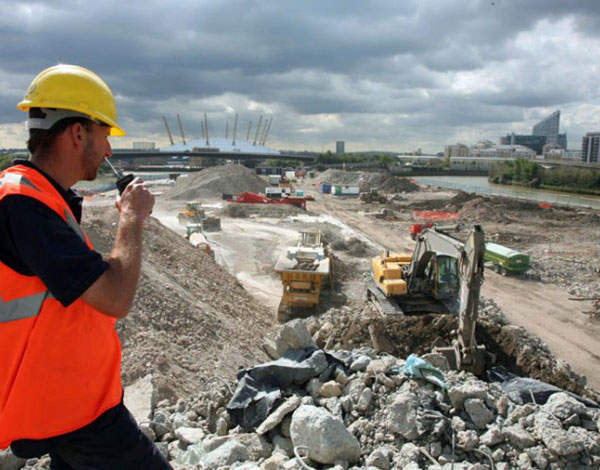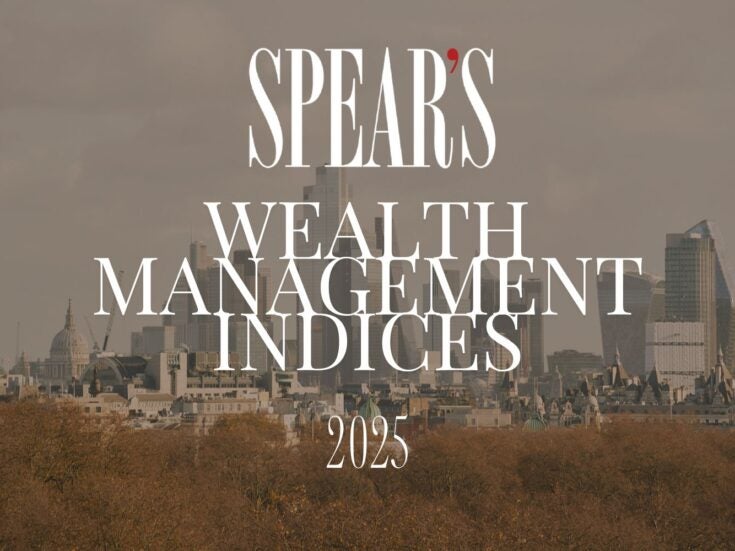

Author: Chloe Barrow
THE PROMISED LAND
London’s brownfield land is far from the perfectly groomed precincts of Mayfair — both in terms of allure and because much of it is located in the city’s Docklands, to the east. However, investors are starting to take a gamble on brownfield as this type of land promises a new wave of development opportunity and profits.
Investing in brownfield’s more glamorous cousin, greenfield (land which has had no former use), can yield serious returns, with pastures in some areas touted to have reached Mayfair price levels. But greenfield agricultural land does not abound, and if it lies within the green belt it is subject to stringent development restrictions.
‘Agricultural land is a long-term game — it’s buying something now and hoping that the grandkids benefit out of it,’ says Alex Munro, head of commercial agency development at Knight Frank in Leeds. In other words, development may be permitted on the land in the future, making its value shoot up as it enables the landowner to sell it to a developer for a small fortune.
Read more on land investment from Spear’s
The name brownfield taints it with undeserved distaste, but actually because development has already happened it can happen again straight away (after following the right procedures, which include decontamination and, of course, planning). ‘People think of brownfield land as being mucky, but it isn’t always,’ says Munro.
The government is currently encouraging the use of brownfield sites for development. In January, the mayor of London (while criticising Nick Clegg’s plan to create Milton Keynes-style towns in London’s bordering counties) hailed brownfield as the answer to the city’s housing crisis.
‘It means making better use of the brownfield sites across the city to deliver, in all, about 47,000 new homes per year,’ Boris Johnson said. If that isn’t a price-pushing expression of demand, it’s hard to see what is.
Some people got their fingers burnt on brownfield investments when the recession hit, since they had speculative developments planned. With no pre-arranged tenants for any buildings they put up and the recession quenching corporate investment, their investments tanked. While there has reportedly been some return to speculative projects of late, the sector remains shaky.
Full-time occupation
The safest, most secure brownfield development investments are occupier-led — in other words, properties that have a guaranteed occupant ahead of the building’s completion. These types of schemes are usually taken on by large commercial entities such as hotel chains and supermarkets. In fact, the likes of Tesco, Sainsbury’s and Premier Inn are getting busy at a time when most other developments have ceased.
‘Food store and hotel operators have taken advantage of the downturn in the economy over the last few years in order to expand,’ says John White, co-founder and director of Osprey Equity Partners. According to White, budget hotels are currently in development mode as people look for cheaper options during tough economic times — and invariably they will opt to build on urban brownfield sites. The same idea applies to supermarkets, although for slightly different reasons.
‘The government is in need of money so it is allowing more supermarket developments to take place, since this puts in use redundant brownfield sites and brings in a lot of revenue via business rates to local authorities — close to £1 million per large store,’ says White. ‘It also provides 400 people with jobs per supermarket at a time when unemployment figures are high.’
Read more on property from Spear’s
White explains that a company like Tesco typically takes a 25-year lease: ‘A central feature of the UK property investment market is the five-yearly rent review pattern. If you’ve got a property with a long lease and the rent review clicks in every five years with an RPI-linked uplift [so the rents go up in line with inflation], then you have inbuilt growth.’
People invest in these types of commercial developments for two reasons, he says. It provides a secure investment with good annual returns (6 per cent at Osprey) and capital returns when the property is sold, which Osprey aims to do around five years after the investment, typically to a UK institution such as Aviva or M&G.
‘So it’s much better than your standard SIPP [self-invested personal pension] investment,’ he points out, adding that Osprey has done five large transactions over the course of the last eighteen months, including a Premier Inn in central London and a Tesco in Cambridgeshire.
‘All these supermarkets and hotels are the bluest of blue-chip in terms of financial strength,’ he says. ‘That’s why our investors like them — because there’s no questions marks over the quality of the income.’
Drip-down effect
Just as with any property-related asset, much of the value of land lies in its location as well as its potential for development, so a brownfield site in the South East will likely be a valuable investment. This is particularly true at the moment as the commercial property market recovers. ‘London is a magnet and its role has increased as the market’s got tougher because of its international appeal,’ says Munro.
Future brownfield opportunities, according to Munro, could come in cheaper regional land sites as confidence returns. ‘There’s been very little new development in the past five years so that is going to create opportunity,’ he says. Currently, he adds, there is some value in the main regional cities as well as in affluent ‘aspirational’ market towns.
‘The principle is that the bigger dominant town in a locality is seeing investment ahead of its junior nearby colleague,’ says Munro. ‘But in that region there will also be a nice market town that people aspire to live in — such as Harrogate in the North and Sutton Coldfield in the Midlands — which will also attract investors and development.’
Since, as Munro points out, development comes with liabilities and is therefore not something to be undertaken without a great deal of advice, the safest way is to get involved in a commercial development scheme via property investment companies such as Osprey or Tritax, which syndicate out investment on major construction projects to private investors.
Don’t expect to be able to contact such an organisation directly, though — Osprey can only communicate with potential investors through their financial adviser in the initial stages. Once communication has been established, you can then speak to them in person and choose a project to invest in.
‘We are giving private investors access to institutional-grade properties that they wouldn’t usually get access to — typically we are looking at an end investment value of between £20 million and £40 million,’ says White.
Given promising noises from Boris Johnson and brownfield’s hitherto overlooked status, perhaps it’s time to go to town on brown.







